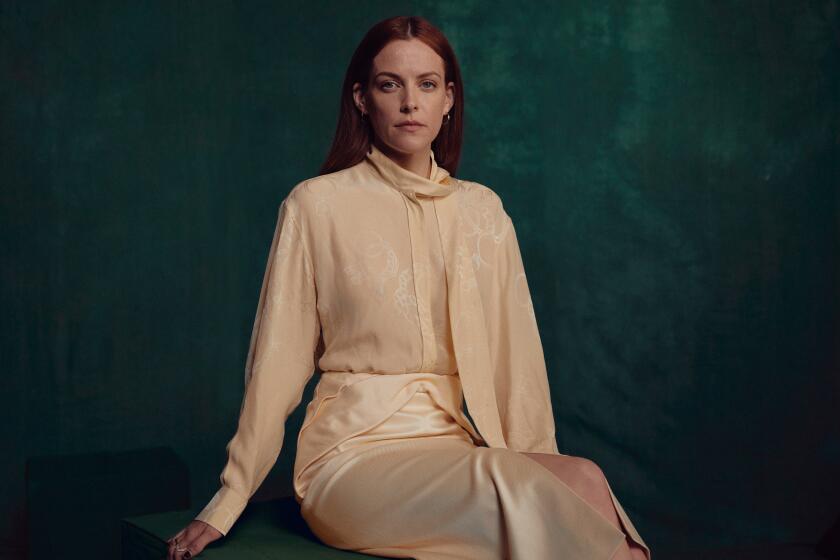Duke’s ‘Choo-Choo’: Tracking a Jazz Prize
Question: I have an extensive collection of Duke Ellington records. Is there any consensus on the Duke’s most valuable recording?--N.T.
Answer: Collectors point to Ellington’s first record, “Choo-Choo,” recorded in 1924 by a group he called the Washingtonians.
Other early Ellington records were made under pseudonyms because of contractual conflicts with several recording companies. Among those groups sought by collectors were the Six Jolly Jesters and the Memphis Hot Shots. (As you might guess, Count Basie’s band is the other big jazz group most popular with record collectors, dealers say.)
Aside from collecting records, readers tell us that acquiring jazz memorabilia is popular too. Included would be old posters, photographs and sheet music rooted in the Jazz and Swing eras of the 1920s and 1930s.
In all cases, collectors say the condition of jazz collectibles is very important in determining value. Unless it’s a one-of-a-kind item, collectors generally don’t scramble for cracked records or torn sheet music.
Q: My grandmother left us about four dozen hatpins she had collected in this country and in Europe. What do collectors look for in assessing the worth of a hatpin collection?--M.H.
A: According to an article by hatpin collector Lillian Baker in the “Encyclopedia of Collectibles” (Time-Life Books) collectors seek hatpins more than nine inches in length because longer hatpins faced increasing opposition in the early part of this century amid charges that they endangered life and limb. Hence, production stopped and the law of supply and demand took over--which to the collector, of course, means rising resale prices in the marketplace.
Additionally, Baker writes, “Collectors look for decorative examples made from about 1850 to about 1925.
“The most valuable bear the marks of designers known for creations other than hatpins: America’s Louis Comfort Tiffany, noted for his art glass and lamps; France’s Rene Lalique, famed for glasswork; Russia’s Peter Carl Faberge, creator of jeweled Easter eggs for the czar, and Denmark’s Georg Jensen, designer of silverware. Most of their hatpins are marked on the reverse of the hatpin head or along the pin shaft. . . .
“Almost as desirable as the hatpins by noted artists, but less costly, are those made by notable jewelers and silversmiths: in America, Gorham Manufacturing Co., Unger Bros. and Tiffany & Co.; in England, Charles Horner Ltd.”
Q: In my collection of weather vanes, some collectors have used the term “whirligigs” for some of the items I have. What’s the difference?--H.A.
A: Both weather vanes and whirligigs have traditionally sat atop roofs and are set in motion by the wind. But whirligigs generally are designed to amuse and are more toy-like, whereas weather vanes are more utilitarian--designed to determine wind direction--although they too can be quite decorative.
Whirligigs are more of an American brainstorm than weather vanes and date back more than 200 years. Sometimes they are quite complex, consisting of a number of figures powered by a propeller and gears. Like weather vanes, age, condition and the survival of original paint count a lot in determining value.
Windmills, farm scenes and people riding bicycles are all popular whirligig ideas that reflect some of the best of American folk art. Their prices have risen sharply in recent years and can range from a few hundred dollars to several thousand dollars for older, more complex designs.
Mailbag
R.R. of Burbank would like to contact any organizations that collect seashells. And M.C. of Torrance wants information on clubs that specialize in collectible doctors’ prescriptions. Any responses will be printed in this column.
More to Read
The biggest entertainment stories
Get our big stories about Hollywood, film, television, music, arts, culture and more right in your inbox as soon as they publish.
You may occasionally receive promotional content from the Los Angeles Times.






